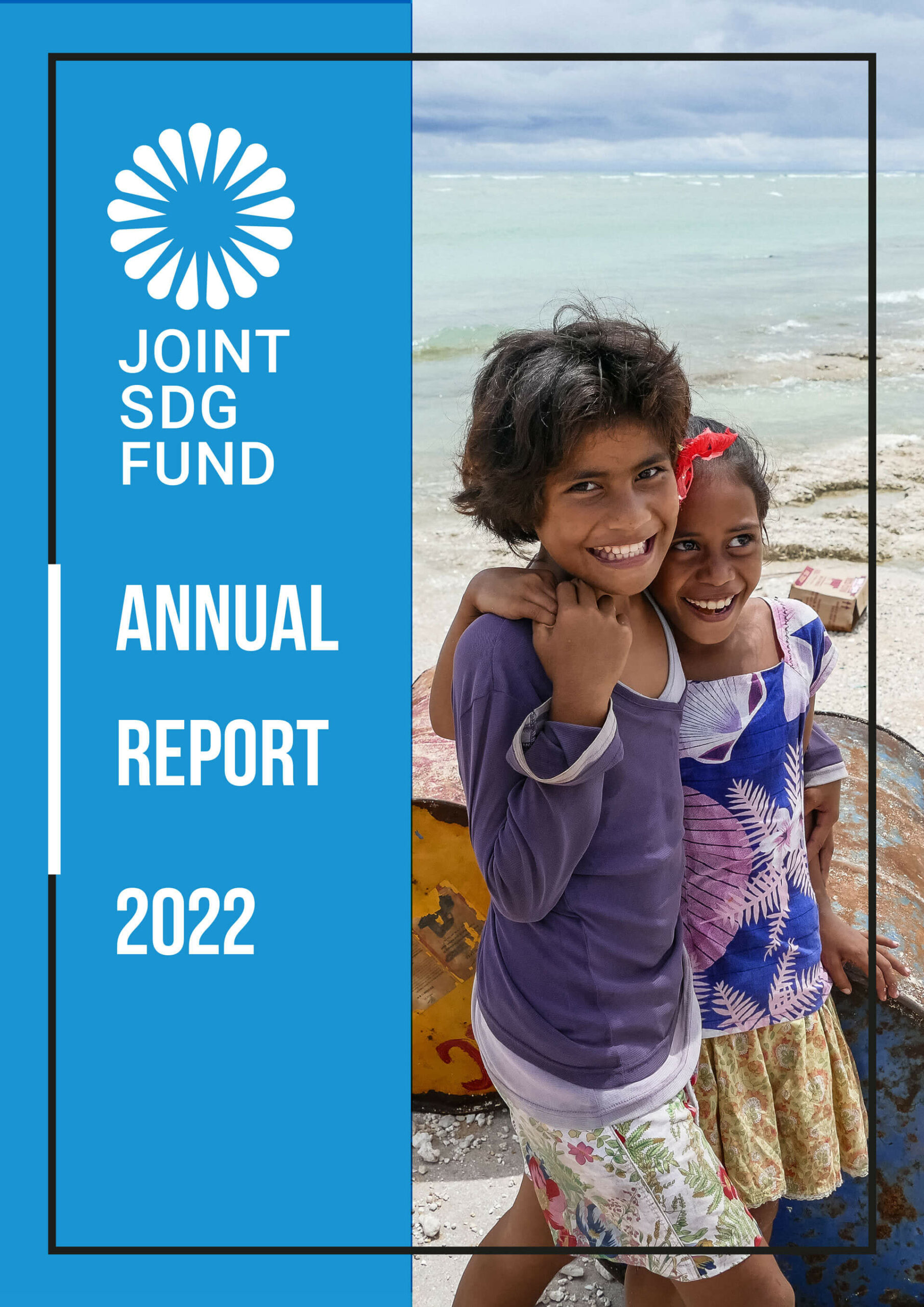Cash and bank payments have typically served as the main medium for social protection transfers in Lao PDR. This often leaves out the ‘unbanked’ population while carrying risks of delays, and illegitimate and avoidable losses for the beneficiary. In an effort to improve financial inclusion among informal workers and in rural areas and to make social transfers easier, more reliable and cheaper, the country is gradually adopting new, innovative and efficient technologies such as digital payment apps.

As part of the UN Joint Programme “Leaving no one behind: Establishing the basis for social protection floors in Lao PDR”, a Lao-based fintech consultancy firm, LTS Ventures conducted a study on assessing the fiduciary risks associated with last-mile payments and the value for money of different payment alternatives. The study analysed five existing or potential payment mechanisms: cash; village banks; public and commercial bank branches; digital wallets; and Distributed Ledger Technology or as commonly known, Blockchain. It also assessed the potential and feasibility of Blockchain for social transfers in Lao PDR.
Mr. Phetsamone Soukthavyphone, Deputy Director of the Lao Social Security Organisation stated, “This study is directly related to my area of work. Modernisation has both pros and cons; while before it was difficult for the payer to carry a big bag of money, some beneficiaries now say that it is difficult for them to remember passwords and they need to ask their children for assistance to use technology. I thank the expert for the detailed data. In my personal view, we need to check the ground reality and then we can apply modern technologies where possible.”
The study created a payment map of Lao PDR, showing the availability of the five payment mechanisms and which ones work best in the different districts. “There is no one solution. As part of the assessment, we have mapped for each of Lao PDR’s 150 districts, which payment mechanism is available and can work”, noted Tim Scheffmann, CEO of LTS Ventures. “We have also created a broad decision-making tree that can be used to take decisions on the best payment mechanism(s) for a programme depending on things like the size of the programme, internet connectivity, availability of village banks, and so on.”

The study showed in detail the process flow of each payment mechanism, including the use of middle-men. This helps to check which payments can more easily be routed through the government transfer systems, therefore making such programmes on-budget and accountable.
Its findings can be applied to social insurance payments to workers, social welfare payments to rural dwellers, as well as emergency cash transfers in disaster-affected areas. It helps to prepare the ground for assessing infrastructure requirements and taking national decisions on designing and implementing programmes.
The study received financial assistance from the Joint SDG Fund and the Government of Australia, through the UN Joint Programme “Leaving No One Behind: Establishing the basis for Social Protection Floors in Lao PDR”. The final presentation meeting was also supported by the ILO-Korea Partnership Programme “Supporting the Implementation of Sustainable Social Protection Floors for Workers and their Families in ASEAN – Phase III”.



















